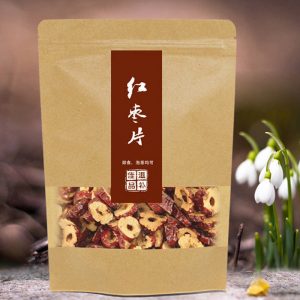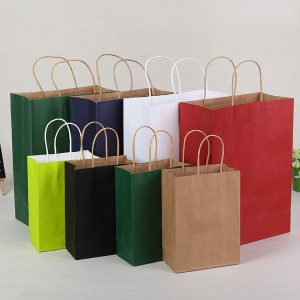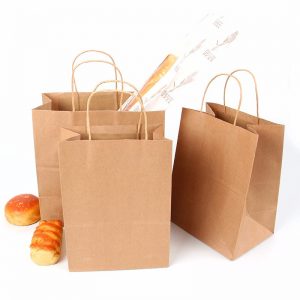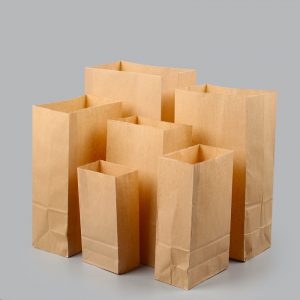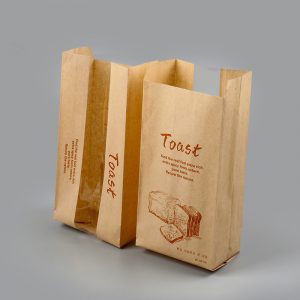Environmentally friendly kraft paper bag
Now let's talk about the first shopping kraft paper bag, which was born in 1908 in St. Paul, Minnesota, USA. In order to promote sales growth, a local grocery store owner, Walter Duvina, began looking for ways to allow consumers to buy more at once.
Duvina believes that it should be a prefabricated bag that is inexpensive and easy to use, and can withstand at least 75 pounds. After repeated trials, he locked the texture of the bag on kraft paper because it uses long-coniferous wood pulp with wood fibers and is treated with milder caustic soda and alkali-sulphide chemicals during the cooking process. The original strength of the wood fiber is less damaged, so the final paper is made, the fibers are tightly connected, the paper is tough, and can withstand large tension and pressure without breaking.
Four years later, the first shopping was born in a brown paper bag. It has a rectangular bottom and a larger volume than a conventional V-bottom bag. A rope runs through the bottom and sides to increase its load-bearing capacity, and two pull tabs for easy lifting are formed at the upper end of the paper bag. Duvina named the shopping bag in his own name and applied for a patent in 1915. At this time, the annual sales volume of such shopping bags has exceeded 100 million. Let us know how to make the kraft paper bag: Small white kraft paper bag practice: This paper bag is completely formed by a line-type machine and attached to the rope. Short construction period, high efficiency and low cost, and economical. The medium-sized paper bag is completed on the basis of machine forming and molding by artificial rope. Due to the limitation of machinery and equipment, large bags can only be used in a purely hand-made manner, which increases production costs to a certain extent, consumes manpower and material resources, and has low work efficiency. The seemingly simple kraft paper bag is not easy to process. Cherish every paper bag and cherish a hard work.






